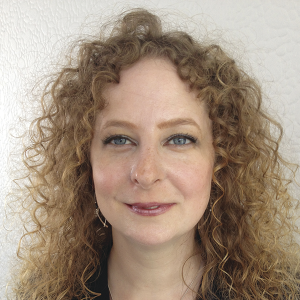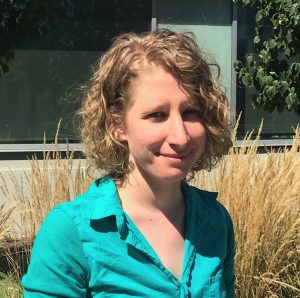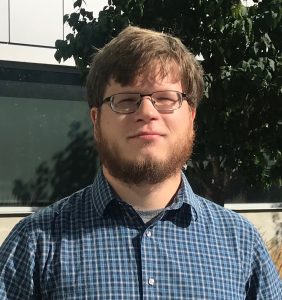
Two Ph.D. students in Cyclone Engineer Kristin Yvonne Rozier’s research group have been selected for NASA Pathways civil service positions, a highly prestigious internship program that combines research with the opportunity to obtain a full-time NASA position upon completion.
“NASA Pathways is one of the rare ways to join NASA in a civil service position, and the positions are few and far between with steep competition,” said Kristin Yvonne Rozier, assistant professor of aerospace engineering. “Pathways is a unique opportunity to pursue research of importance to NASA and gain a valuable NASA co-op experience – all while still a student. As a former NASA researcher, I’m thrilled to see students from my group in the Pathways program.”
Rozier’s NASA experience includes 14 years as a research scientist, in the aeroacoustics, and safety-critical avionics groups at NASA Langley and the robust software engineering, and discovery and systems health groups in the intelligent systems division at NASA Ames. Rozier now holds faculty appointment at Iowa State University in aerospace engineering, mathematics, computer science and electrical and computer engineering.
For Esther Conrad and Brian Kempa, the journey to NASA followed a trajectory shaped by both Rozier’s NASA experience and their own evolving interests in engineering.
Esther Conrad: A career move inspired by research

For Esther Conrad, a second-year Ph.D. student in mathematics, her journey to securing a Pathways position didn’t always include NASA in the picture. Conrad launched her academic journey to engineering when she entered community college in Texas before transferring to Texas State University, going on to receive her bachelor’s and master’s degrees in mathematics. Living in Texas, Conrad’s first impression of NASA was tied to the iconic Johnson Space Center in Houston.
“I didn’t know if my undergraduate or graduate studies were applicable to NASA or related to anything in Houston,” Conrad said.
After starting her Ph.D. program at Iowa State, Conrad was introduced to Rozier’s research. When Rozier expressed interest in having someone join her team and practice graph theory, Conrad took up the offer.
“I am very untrusting of bridges and planes,” Conrad said. “The research ensures that things are working the way they are supposed to be working, mathematically.”
The intersection of Conrad’s research across the areas of graph theory and model checking complemented her interests in structural integrity. These concepts have allowed her to apply her passion for mathematics to her line of work.
In addition to Conrad’s specific research interests, her involvement in formal methods research was inspired by Rozier.
Looking ahead, Conrad is projected to begin the Pathways program next summer at Langley Research Center over a span of 16 weeks. Throughout the course of her experience, Conrad anticipates that the research will complement the framework for her thesis.
Brian Kempa: Evolving interests carve a path to aerospace

Brian Kempa, a Ph.D. student studying aerospace and computer engineering, has been placed with the Intelligent Systems Division in the technical area of autonomous systems and robotics at the NASA Ames Research Center. This summer, Kempa worked at the facility for nine weeks to launch his start with the Pathways program.
“Over the summer, I was primarily working on a distributed space autonomy mission, and that’s an actual flight mission where I was working with eight other people,” Kempa said.
Kempa’s selection for the Pathways program was inspired by his collaborative work with Rozier as part of the Robonaut2 project. Here, Kempa worked to complete his master’s thesis as part of the NASA-funded project, equipping him with strong credentials that would go on to support his application for the Pathways program.
Over the course of Kempa’s upbringing and start with Iowa State as an undergraduate, a career in aerospace engineering was not initially on his radar. Kempa started as an undergraduate in aerospace in 2013 and was interested in drone navigation. Kempa’s honors undergraduate research assignment led to his broadened interest in what he could do with his degree.
Prior to his beginnings with the College of Engineering, curiosity led Kempa to discover computer programming.
“In the evenings, I would rummage through the basement and I found this old computer my dad had,” Kempa said. “I started asking him what it could do, and he gave me the manual and told me to figure it out.”
As a child, he was intrigued by space and the moon landings that would later prove to have shaped his career plans. Now pursuing his Ph.D., Kempa is working to expand his master’s research to explore applications for real time verification in satellites and robotics systems that have less communication with their operators.
“From an engineering perspective, I am looking at how can we use what’s already been discovered to improve things,” Kempa said.
Though Kempa and Conrad’s careers have followed different paths and were shaped by unique interests, both have been inspired by Rozier’s previous experience with NASA and are looking forward to their Pathways journey.